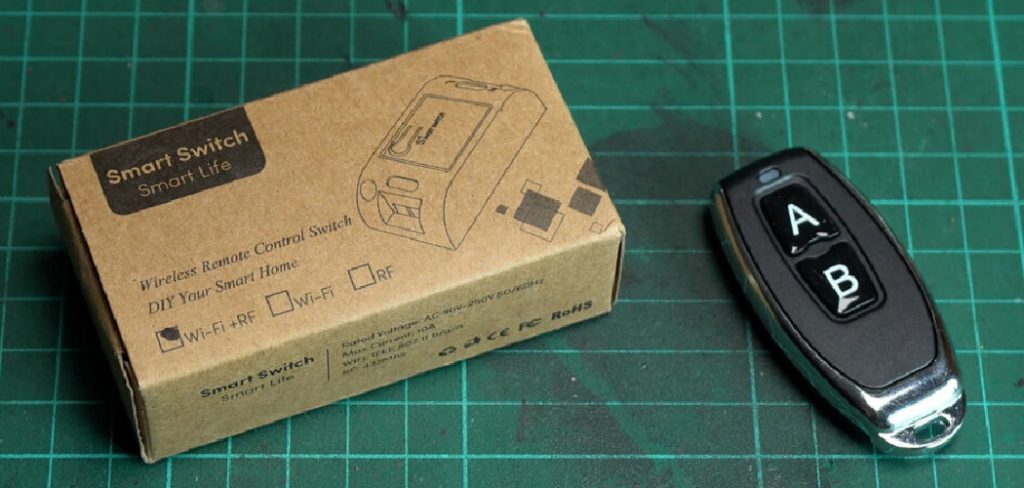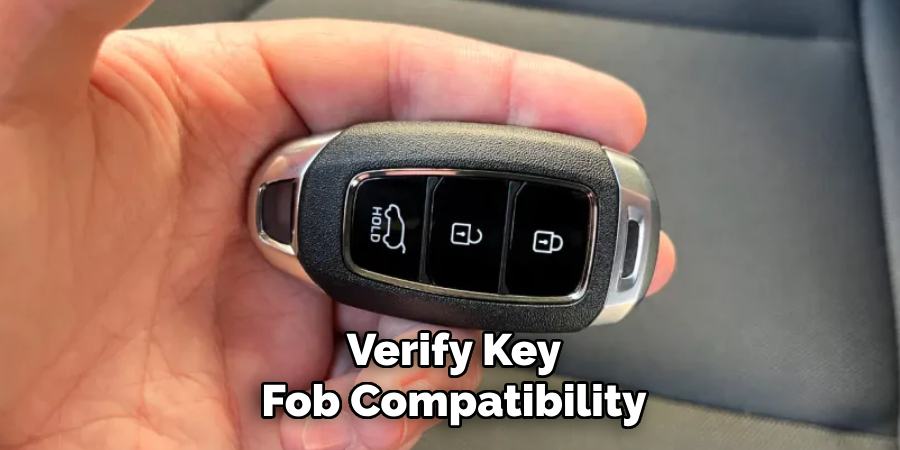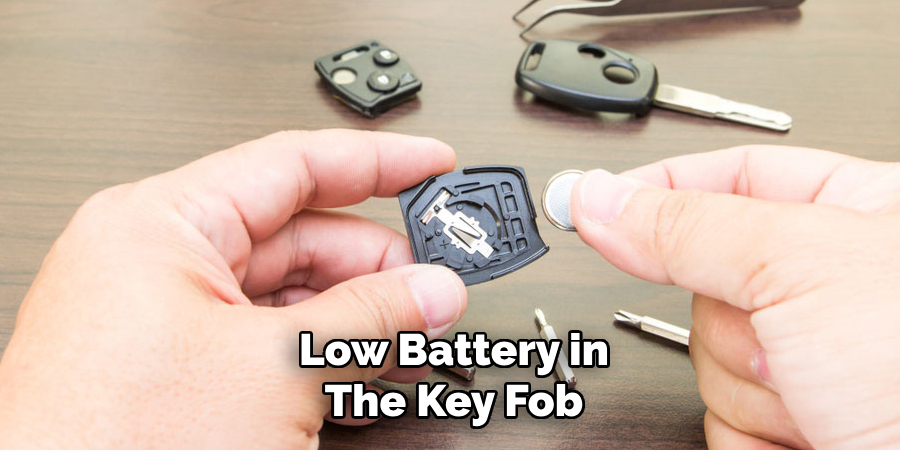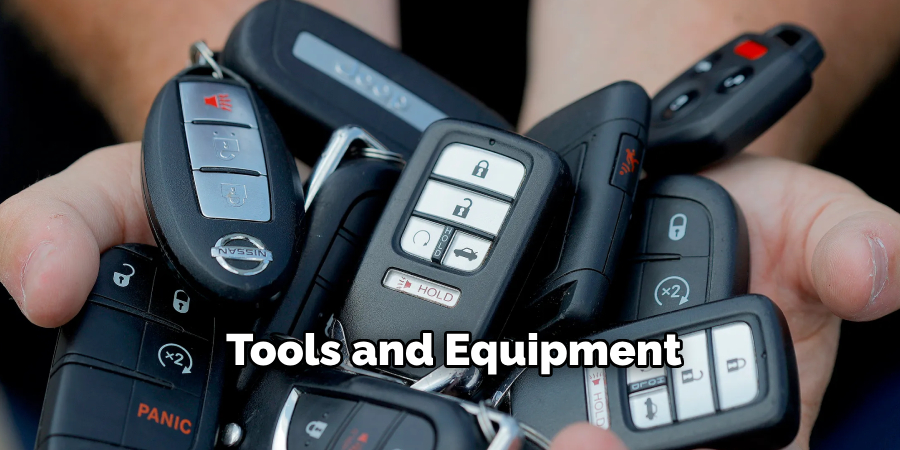Programming a key fob for a push start vehicle can seem like a challenging task, but with the right instructions, it is straightforward and convenient. Key fobs are a crucial component for modern cars, providing security and ease of access with features like remote start and keyless entry. This guide will walk you through the steps of how to program key fob push start successfully, ensuring your vehicle operates smoothly and securely.

Reasons for Programming a Key Fob
There are several scenarios where programming a key fob becomes necessary. One common reason is replacing a lost or damaged key fob, as a non-programmed replacement will not function with your vehicle. Another reason could be the need to reprogram your existing key fob due to a malfunction or battery replacement. Additionally, buying a used car may require key fob programming if the original fob has been reset or unpaired. Lastly, some car owners may want to program additional key fobs for family members or as a backup in case of emergencies. Understanding these reasons helps ensure your key fob remains reliable and effective over time.
Vehicle Brands That Support Key Fob Programming
Many modern vehicle brands support key fob programming, either through owner-enabled steps or with the assistance of a dealership or locksmith. Brands such as Toyota, Honda, Ford, Nissan, and Chevrolet frequently allow owners to program key fobs themselves using specific procedures outlined in their vehicle manuals. Luxury brands like BMW, Mercedes-Benz, and Audi often require specialized tools or dealership services for programming, given the advanced security systems in their vehicles. Additionally, brands such as Hyundai, Kia, and Subaru also offer straightforward key fob programming options for many of their models. It is always advisable to check your car’s user manual or consult a professional to determine the exact procedures for your make and model.
10 Methods How to Program Key Fob Push Start
1. Verify Key Fob Compatibility

Before attempting to program a key fob, it is crucial to ensure that the replacement fob is compatible with your vehicle’s make and model. Not all key fobs work universally, and each manufacturer has different programming requirements. You can check your vehicle’s owner’s manual, consult the dealership, or use online compatibility tools provided by the manufacturer. If the key fob is not compatible, programming attempts will fail, and you may need to purchase the correct fob before proceeding.
2. Enter the Vehicle with the New Key Fob
For push-start vehicles, being inside the car is an essential first step. Make sure all doors are closed, and sit in the driver’s seat with the new key fob. Since push-start systems rely on proximity sensors, having the fob near the ignition button is necessary. Some vehicles require you to place the key fob in a specific location, such as in the center console, cup holder, or on the dashboard. Refer to your owner’s manual to find the correct positioning for your vehicle.
3. Use the Existing Working Key Fob (If Available)
If you already have a working key fob, some vehicles allow you to program a new one without requiring special tools. To do this, hold the existing key fob close to the push-start button and press it. Then, immediately bring the new key fob near the button and attempt to start the car. If your vehicle supports onboard programming, the system should recognize the new fob and add it to its memory. This method is manufacturer-specific, so checking the owner’s manual for confirmation is necessary.
4. Enter Programming Mode
Most push-start vehicles have a programming mode that allows you to add a new key fob. The process typically involves pressing a combination of buttons on the dashboard or key fob. A common method is to press the “Start” button without pressing the brake pedal multiple times in a row (e.g., five to ten times) until the dashboard lights flash. When the lights start flashing or you hear a chime, the vehicle is in programming mode, and you can proceed to add a new key fob.

5. Register the New Key Fob
Once in programming mode, place the new key fob in the designated area (often near the start button or in the cup holder). Some vehicles require you to press the “Lock” or “Unlock” button on the new fob, while others will automatically recognize it. If successful, the dashboard will display a message or emit a sound indicating that the new key fob has been registered. If nothing happens, repeat the process to ensure the fob is placed correctly and programming mode is active.
6. Finalize the Programming Process
To complete the programming process, exit programming mode by turning the ignition off and removing all key fobs from the vehicle. Wait a few seconds before testing the new key fob by pressing the “Start” button. If the vehicle starts, the programming was successful. If not, repeat the process or consult the vehicle’s manual to troubleshoot potential issues. In some cases, you may need to erase all previous key fobs before successfully adding a new one.
7. Erase Previous Key Fobs (If Needed)
If you are replacing a lost or stolen key fob, erasing the old ones from the system is important to prevent unauthorized access. This step varies by manufacturer but typically involves entering programming mode and selecting an option to delete all existing key fobs. Some vehicles require a special diagnostic tool to remove previous fobs, which may require a visit to the dealership or a locksmith.
8. Use an OBD-II Programming Tool
For vehicles that do not have an onboard programming method, an OBD-II key programming tool can be used. These tools connect to the vehicle’s onboard diagnostics port and allow you to add or remove key fobs. Most tools have step-by-step instructions displayed on the screen, guiding you through the process. While these devices can be purchased online, they require some technical knowledge, so reading the user manual is recommended.
9. Check for a Low Battery in the Key Fob
If programming fails, the issue may be a weak battery in the new key fob. Most key fobs use a small coin-cell battery (such as a CR2032 or CR2025) that can be replaced by opening the fob with a small screwdriver. A weak battery can prevent the fob from transmitting a strong enough signal for the vehicle to recognize it. Replacing the battery and retrying the programming process often resolves this issue.

10. Seek Professional Assistance
If all else fails, professional help may be necessary. Some manufacturers require key fob programming to be done by a dealership or certified locksmith using specialized equipment. While this may involve a service fee, it ensures that the programming is done correctly and that your new key fob will function properly. Locksmiths can sometimes provide key fob programming at a lower cost than dealerships, so comparing prices before proceeding is a good idea.
Things to Consider When Programming a Key Fob
Manufacturer Requirements
Every vehicle manufacturer has different key fob programming requirements, and some may not support onboard programming at all. It’s important to confirm whether your vehicle can be programmed manually or if professional assistance is necessary.
Key Fob Compatibility
Always ensure that the key fob you are attempting to program is compatible with your specific vehicle make, model, and year. Using an incompatible fob will lead to unsuccessful programming attempts.
Tools and Equipment

Depending on your vehicle, you may need additional tools, such as an OBD-II programming device or a diagnostic scanner. These tools are typically required for vehicles without an onboard programming option.
Time and Patience
Programming a key fob can be a detailed process that requires attention to timing and specific steps. Be patient and thoroughly follow the instructions provided in your vehicle’s owner’s manual or the programming tool guide.
Battery Health
Both the vehicle and key fob batteries must be in good condition. A low vehicle battery can interrupt the programming sequence, while a weak key fob battery may hinder communication with the car’s system.
Security Features
Many modern vehicles have enhanced security features to prevent unauthorized access. These features might limit programming capabilities or require dealer-specific authorization, making independent programming more challenging.
Cost of Professional Services
If the programming process is too complex or unavailable for DIY methods, consider the potential costs of visiting a dealership or locksmith. Comparing quotes can help you find the most cost-effective option while ensuring quality service.
Taking these factors into account can save time, effort, and unnecessary expenses while successfully programming your new key fob.
Conclusion
Programming a key fob for a push-start vehicle requires patience and attention to detail. While many vehicles allow for onboard programming, some require specialized tools or professional assistance. By following these ten methods, you can successfully program a new key fob, ensuring seamless operation of your push-start system. Thanks for reading our blog post on how to program key fob push start! We hope you found it helpful and informative.
About
Safety Fic is a distinguished figure in the world of Diy design, with a decade of expertise creating innovative and sustainable Diy solutions. His professional focus lies in merging traditional craftsmanship with modern manufacturing techniques, fostering designs that are both practical and environmentally conscious. As the author of diy, Safety Fic delves into the art and science of Safety Fic-making, inspiring artisans and industry professionals alike.
Education RMIT University
(Melbourne, Australia) Associate Degree in Design (Safety Fic) Focus on sustainable design, industry-driven projects, and practical craftsmanship. Gained hands-on experience with traditional and digital manufacturing tools, such as CAD and CNC software.
Nottingham Trent University
(United Kingdom) Bachelor’s in diyfastly.com and Product Design (Honors) Specialized in product design with a focus on blending creativity with production techniques. Participated in industry projects, working with companies like John Lewis and Vitsoe to gain real-world insights.
Publications and Impact
In diy, Safety Fic his insights on indoor design processes, materials, and strategies for efficient production. His writing bridges the gap between artisan knowledge and modern industry needs, making it a must-read for both budding designers and seasoned professionals.
